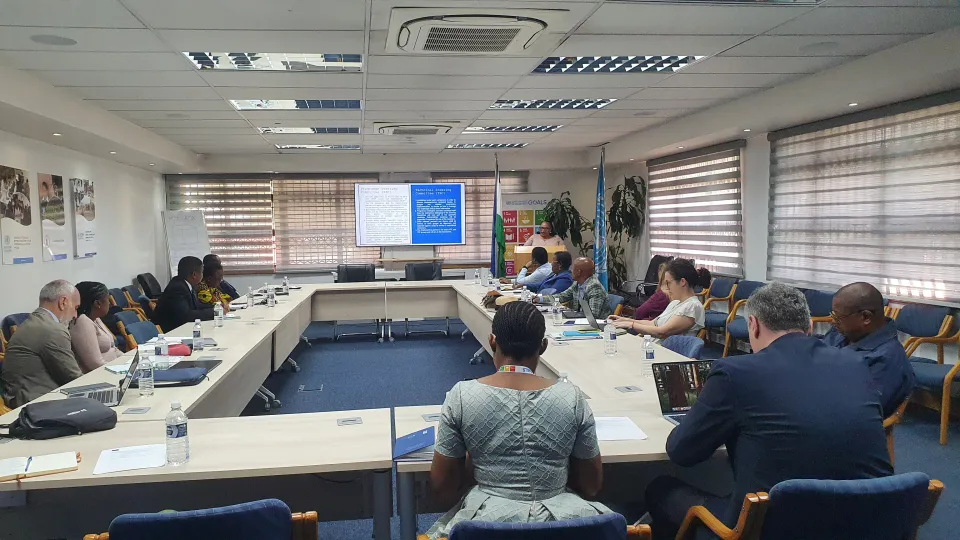Diversity Management in Sudan's Democratic Transitional Arrangements
This technical paper explores and analyses diversity management in Sudan’s democratic transition arrangement (2019–2021). It primarily utilizes the concept of ‘diversity management’ for legislative practice. To administer geographical, multicultural, multi-ethnic and multilingual population diversity, Sudan has passed, in accordance with international principles, many laws to manage diversity in a way that reflects strategic national planning.
The paper analyses existing Sudanese legislation in light of its role in administering coexistence, protecting minorities’ rights and observing human rights as enshrined in national transitional documents and laws. It reflects on some indicators that reveal that Sudan has many gaps in managing diversity peacefully. There is no definite and well-defined set of measures that constitute diversity management.
The paper concludes that the first step towards diversity management might be to analyse national laws regarding the present state and effects of diversity. Consequently, to address the identified gaps, the author concludes that Sudan must develop a law reform strategy in the interest of diversity management and equality based on international standards.
Details
Staff author
Related databases & tools
Contents
Introduction
1. International framework
2. National legal framework
2.1. Constitutional declaration, 2019
2.2. National elections act, 2008 (amended 2014)
2.3. Local government act, 2003
2.4. Khartoum public order act, 1996
2.5. Customary law
3. Peace agreements
3.1. The Juba agreement for peace in Sudan, october 2020
3.2. The declaration of principles, 2021
4. Conclusion
References
About the author
About International IDEA
Give us feedback
Do you have a question or feedback about this publication? Leave us your feedback, and we’ll get back to you
Send feedbackDiversity Management in Sudan's Democratic Transitional Arrangements

| Total views | 3552 |
|---|---|
| Downloads | 82 |
| Rating |
Staff author
Related databases & tools
Give us feedback
Do you have a question or feedback about this publication? Leave us your feedback, and we’ll get back to you
Send feedback












